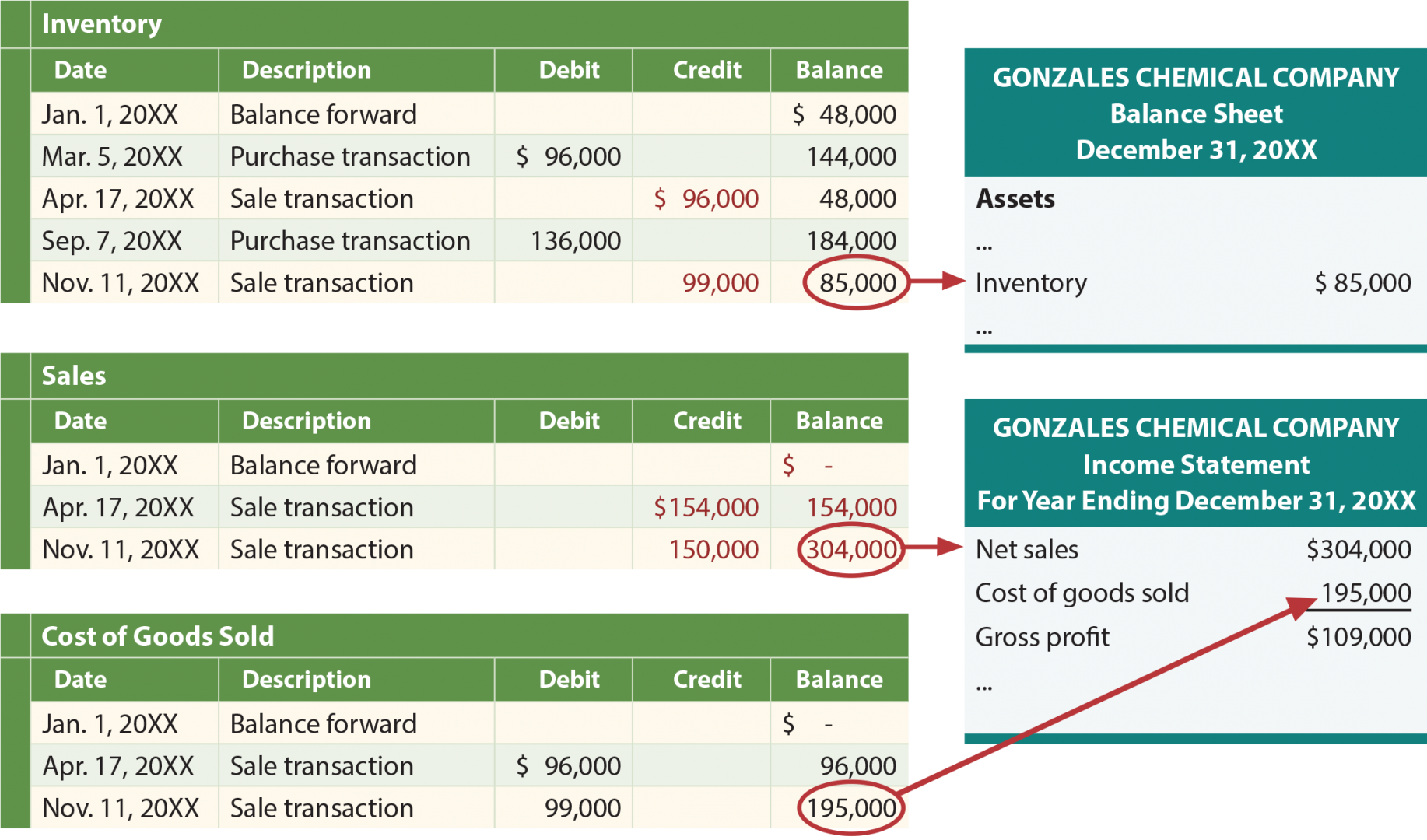
Every product is assigned a tracking code, such as a barcode or RFID code, that distinguishes it, tracks its quantity, location and any other relevant details. Perpetual and periodic systems require different tools and procedures around how employees document inventory, although they can be complementary. In a periodic system, employees record products only at specified intervals. Ultimately, businesses should carefully assess their specific needs and challenges to determine whether a perpetual inventory system is the right choice.
Accounting profit
Inventory values reported under LIFO are generally lower than those under FIFO, as the older, lower-cost inventory remains on the books. This can lead to a more conservative representation of a company’s asset base, which might be advantageous or disadvantageous depending on the context. A lower asset valuation could affect financial ratios such as the current ratio, which investors often use to assess a company’s liquidity and short-term financial stability. This discussion will explore various aspects of the LIFO perpetual inventory system, including its principles, calculations, and broader implications for businesses. It is the amount by which a company’s taxable income has been deferred by using the LIFO method.
How do I calculate ending inventory using LIFO?
A perpetual inventory system is an advanced method of tracking and managing the stock levels of goods in real time. This system continuously updates inventory records as transactions occur, providing businesses with accurate information on their available stock at any given time. So our ending inventory, it’s just going to be what’s left on hand or you could do the same thing where we calculated this average cost of $22.85 and multiply it by how many units there are on hand. And it should be the same number, that we have up there because that’s how math works. So all we have to do is add the $14,000, the $7,740, and the $5,160 from each sale.
Your Financial Accounting tutor
In a perpetual system, you would not calculate the WAC using a formula for a specific period. You can use WAC to calculate an average unit cost, COGS for a period what to do if you haven’t filed your taxes in years and ending inventory for a period. For example, Ava wants to figure out the average cost to assign for Acetone repackaged in her company’s warehouse.
Last in, first out (LIFO) is a method used to account for business inventory that records the most recently produced items in a series as the ones that are sold first. That is, the cost of the most recent products purchased or produced is the first to be expensed as cost of goods sold (COGS), while the cost of older products, which is often lower, will be reported as inventory. The LIFO perpetual system also necessitates robust inventory management software to handle the complexity of real-time data processing. Tools like QuickBooks Enterprise and NetSuite ERP are popular choices for their ability to integrate LIFO calculations into broader financial management systems.
Does a perpetual inventory system use FIFO or LIFO?
Further, an organisation with several retail locations may find it is easier to control inventory when there’s a regularly updated database of products. Take, for example, a tool retailer that has a customer looking for a specific type of wrench, one that is rarely requested and sold. Using a perpetual system, it has real-time information about which site may have one in stock so the customer can go get his wrench quickly instead of driving from store to store looking for it. Even though GAAP standards say that either perpetual or periodic systems are appropriate for any business, each is more suited to different-sized organisations. Overall, perpetual systems are more suited to companies that have high sales volume or multiple retail locations because it is a timelier system. Periodic systems could hinder decision-making for these types of organisations.
It can be cumbersome and time-consuming, as it requires you to manually count and record your inventory. And because this is a physical count, there is a higher chance of error. It also isn’t as up to date as a perpetual system, as it is done at periodic intervals rather than continuously. Since businesses often carry products in the thousands, performing a physical count can be difficult and time-consuming. Imagine owning an office supply store and trying to count and record every ballpoint pen in stock.
- This is why many companies perform a physical count only once a quarter or even once a year.
- Moreover, the impact of LIFO on financial statements extends to cash flow considerations.
- In addition, there is the risk that the earnings of a company that is being liquidated can be artificially inflated by the use of LIFO accounting in previous years.
- Perpetual inventory allows for more real-time inventory tracking, making it superior to other methods.
The $87.50 (the average cost at the time of the sale) is credited to Inventory and is debited to Cost of Goods Sold. The balance in the Inventory account will be $262.50 (3 books at an average cost of $87.50). Each approach detailed above provides a different benefit to any given manufacturer regarding financial reporting, tax obligations, or internal planning.
The value of ending inventory is the same under LIFO whether you calculate on periodic system or the perpetual system. Let’s calculate the value of ending inventory using the data from the first example using the periodic LIFO technique. Out of the 18 units available at the end of the previous day (January 5), the most recent inventory batch is the five units for $700 each. In contrast, using the FIFO method, the $100 widgets are sold first, followed by the $200 widgets. So, the cost of the widgets sold will be recorded as $900, or five at $100 and two at $200. If a company uses a LIFO valuation when it files taxes, it must also use LIFO when it reports financial results to its shareholders, which lowers its net income.

